Gratitude and Eating Disorder Recovery – Steve Wright, MA, LCPC
By Steve Wright, MA, LCPC, Director of Spiritual Services, Timberline Knolls
“I hate my body, and I hate myself for hating my body,” she said with such emotion and angst. We had been processing some of her thoughts about herself and the origins of those thoughts when she burst out with this. It was obvious she was in a lot of pain and judging herself for her appearance and for her judgment of her appearance. The pain she was in made it difficult for her to see anything else. What was becoming apparent is that the more she ruminated on her internal distress and the more she resisted it, the more she hurt.
We stopped for a bit and took a moment so she could become more regulated and then I asked her a question completely off topic. I asked her to think of someone for whom she felt deep gratitude. I asked her to describe that person to me. She began to talk about how a person in her life impacted her positively. She described this woman as caring and selfless. She began to recount how this person seemed to delight in helping and supporting her. I asked her to choose three words or phrases to describe her. She thought for a moment and said, “She was kind to me. She never judged me. And, she believed in me.”
We talked a bit more about this person and then I asked her how she was feeling. She told me she felt happier and less upset. I then asked her if she had ever wanted to be like this person. She smiled and said, “Every day!”
I asked her if she would be willing to emulate her friend by going out of her way to be kind to someone, then to identify someone she might be judging and let go of that judgment. Finally, I asked her to identify someone else she knew was struggling and let them know she believed in them. She agreed.
The root of so many of the behaviors we see often stem from a person’s internal distress. They are in pain. The pain they feel may be due to the fear they have of appearing a certain way. They may be in pain because of a fear of experiencing a mood or emotion they find unpleasant like anxiety or loneliness or sadness. They may struggle with horrible memories of trauma. Whatever the cause, most of the behaviors they engage in serve the purpose of helping them avoid those fears and that pain.
However, when we attempt to resist the painful things and actively work to avoid them, we lose sight of how those behaviors are impacting us and those around us. We most often lose any sense of value for ourselves, as well. Pretty soon our behaviors become the automatic response to the pain and distress we feel.
In the interaction above, the reaction to my question about the person for whom she felt gratitude changed her perspective. In the moments she was telling me about her friend she was not focused on herself, but on the object of her gratitude. Remembering her friend evoked a lot of warm and pleasant feelings. What she was doing was pulling her eyes away from her own pain and seeing that her friend saw her as having value. She also saw an example of what it would mean to add value to the world in the way her friend added value to her.
The impact of gratitude as an intervention in treatment can be a very powerful one. It can help provide a better perspective. It can increase one’s sense of self-worth. It can lead to more purposeful and pro-social behaviors. Those purposeful behaviors are what leads all of us to see our lives as having meaning.
As she engaged in her “assignment” by being kind to someone, letting go of judgments and telling someone she believed in them, things began to shift. She found periods of relief from the constant rumination about her body and her thoughts. She began to smile more and enjoyed the genuine feedback she got from interacting with others in these ways. In the end, it helped her break the cycle of her negative self-talk and make more progress at letting go of her behaviors.
A final thought about our interaction may be helpful. When I asked her to describe her friend and name those three words or phrases, what she was actually stating were her own values. You see, her friend, very likely, had any number of positive attributes she could have chosen as meaningful. She chose kindness, non-judgmental and positive regard as the things that impacted her the most. When she began finding ways to be kind, non-judgmental and positive, she was acting according to her own values.
